How to make soymilk kefir
Get creamy and mild homemade vegan kefir (with tricks that also work with dairy kefir) – VIDEO included

Did you know you can make delicious vegan kefir at home? In this post I’ll show you all my tricks to make mellow kefir with soy milk and kefir grains.
I’ve also added some tips to help you decide if homemade kefir is for you, or, in case you already milk kefir grains, how to make the most of them.
This post may contain affiliate links. This means, if you make a purchase through one of these links, I may earn an affiliate commission at no extra cost to you.
What’s kefir
Kefir is a probiotic drink traditionally made by fermenting milk with kefir grains.
Finished kefir tastes similar to drinkable yogurt, has a similar texture and provides a significant amount of gut friendly, probiotic bacteria.
Even people who are lactose intolerant may be able to drink milk kefir without (or with very moderate) symptoms, because the fermentation breaks down the natural sugars of the milk (lactose).
But in addition to that, you can do kefir from dairy-free milk alternatives.
Also, while kefir isn’t everybody’s “tea of cup”, when making it at home, it’s easy to prepare it to match your preferences.
And with easy, I mean it: I know it might seem complicated to make your own kefir or like a lot of work, but once you learn a couple of tricks, it’s MUCH easier than you probably think.
Difference between kefir grains or kefir starter
Before going further, let’s point out that there are two ways to make kefir:
- using kefir grains (which is how I currently make my kefir)
- with kefir starter
Let me explain briefly the differences between both:
Kefir grains

The kefir grains, also known as active kefir grains, are clumps of living probiotic bacteria and yeast.
They are soft, bouncy and look like small cauliflower pieces.
If cared for properly, they live “forever”.
However, they need fresh milk daily (although it’s also possible to pause the production), so normally, you’ll need to make a new batch everyday.
Kefir starter

Kefir starter is a powder made of freeze-dried bacteria.
It’s laboratory made and it doesn’t get activated until added to milk.
So, it may be more convenient if you don’t want kefir everyday: you just have to add the kefir starter culture to the milk when you want kefir.
This way, you don’t have to maintain kefir grains alive.
Which one is better for you?
Both kefir grains and kefir starter make healthy kefir drinks,
so which one you use depends on your preferences:

KEFIR GRAINS are for you if you…
- enjoy the homestead feeling
- want to drink kefir everyday for a long period of time
- are looking to spend less money (or don’t want to buy starter regularly)
- know someone who can share some grains with you

KEFIR STARTER will be probably better if you…
- want kefir (only) occasionally
- travel regularly
- are unsure if you’ll like kefir on the long run
- don’t know where to get alive kefir grains
On this post I explain how I make kefir with kefir grains because that’s what I use: it’s much cheaper and I’m okay with adding fresh milk everyday.
But I am also curious about kefir starter and I will try it sometime in the future.
Who should avoid kefir
A word of caution; kefir is a very trendy superfood, but there are a couple of things you might want to take into consideration before deciding if kefir is for you or not:
- First of all, not everyone likes the taste of kefir: actually, LOTS of people don’t like it.
Kefir is sort of fizzy and the fermentation produces some alcohol.
For someone like me, who doesn’t like drinks with bubbles or alcohol, kefir tastes “strong”.
It remains me of yogurt that has come bad (as you can imagine from this description, I didn’t enjoyed the taste of kefir at first). - During the fermentation, the yeast of the kefir grains transform the milk sugars into alcohol and carbon dioxide (which gives that bubbly taste).
It’s difficult to determine how much alcohol is exactly in homemade kefir, but it’s probably somewhere between 0,5-2 %.
This is a quite small amount, but still, kefir is NOT recommended for anyone who has to avoid alcohol, like children or expecting and nursing moms.
Best milk types to make kefir

Traditional kefir is made of dairy milk, typically full fat or semi-light (it doesn’t matter if from goat, sheep or cow; kefir grains aren’t picky).
But you can also make kefir with plant based milk.
You can also mix different types of milk, like for example, coconut milk with cow’s milk.
My favorite milk type to make vegan kefir is soy milk because soymilk kefir:
- gets so creamy (or even creamier) than dairy kefir
- tastes milder than with other milk types – my theory is that because soy drink contains less natural sugar than regular milk, there is less alcohol after the fermentation (but this is a subjective appreciation with no scientifically proven evidence)
- making soy milk kefir is easier and more low-maintenance than dairy kefir, because the soy kefir doesn’t get super sour even if you let it ferment a little longer
It doesn’t matter if you use milk at room temperature or cooled from the refrigerator, as long as you don’t use warm milk.
Tricks to make good vegan kefir
Making kefir with soymilk (or with any other plant based milk alternative) follows basically the same procedure as when making it with dairy milk (below is a step-by-step guide with video of how to make kefir from kefir grains).
Nevertheless, there a couple of super important “secrets” to get the best non dairy kefir ever:
Tips
- Look for plant-based milk with NO ADDED SUGAR:
Many vegan drinks contain added sugar, but kefir grains only need natural sugars.
If you can’t find plain vegan milk, you may want to consider making your own non dairy milk. - Use use a “milk” type with a natural high protein content if you want creamy kefir.
Kefir drink often gets quite watery and runny when using most kinds of nut milk (like almond milk or cashew milk) or cereal milk (like oat milk) because kefir only thickens when the milk you use has a high protein content.
As soy is quite rich in protein, kefir made of soy milk usually gets VERY creamy.
Other high protein plant based milks are pea milk and sweet lupin milk. - Consider doing a batch with animal milk around once a week:
At the end of the day, only animal milk give the kefir grains all nutrients they need to thrive. So, the best practice for its health would be to alternate batches with animal milk regularly. - Vegetal milks differs a lot depending on the recipe and brand:
If your kefir doesn’t get good results, give another brand of milk a try.
For example, we got awesome soymilk kefir at the first try, using a certain brand (which had in fact the best price – in case you live in Germany: it’s the store brand from DM). But then, as we used another brand of soy milk, the kefir got lots of undesired clumps. As we switch back to our old brand again, it worked out again.
Tools you need to make kefir

You’ll need the same equipment for making soy milk kefir as for making it with other types of milk.
There are a lot of already-made-kits and sets to make kefir on the market (we bought one of them to start), but actually, the equipment you need to make kefir isn’t so hard to get:
- A glass jar: a recipient big enough that allows you to fill only about 3/4 of it – the fermentation needs some space.
- Cover: I usually use a fermenting gasket, but it also works with a simple cloth/napkin secured with a rubber band. You should only avid closing your jar hermetically because the fermentation generates some pressure.
- A plastic or wooden spoon:
it’s said it’s better to avoid kefir grains having contact with metal utensils, so a plastic or wooden spoon are good choices.
Stainless steel is also considered safe. - Big, non-metallic strainer:
It’s generally recommended to avoid utensils made from metal when processing kefir, so I choose a nylon strainer (a strainer made from stainless steel would also be okay).
Furthermore, I find it important to use a big strainer, where you can pour all the kefir at once.
The reason for this is that when using kefir grains, you will make kefir everyday. And believe me, it’s no fun spending 10 minutes or more just for straining (that’s what happens if you use a small strainer… don’t make the same mistake as I did at first!). - A bowl:
Or any recipient to pour the kefir when straining. - Bottle with cap and eventually a funnel (to pour the finish kefir into the bottle).
How to make (vegan) kefir at home
These steps are actually the same for any type of milk kefir, although I am using soy milk in these pictures:
Time needed: 1 day
How to make plant based kefir from active grains
- Wash your hands with water and soap
Make sure your hands (and all the utensils that come in contact to the kefir grains) are clean and very well rinsed, without any soap rests. Soap rests could harm the pH of kefir.

- Put kefir grains and milk on a jar
Add the kefir grains to the milk of your choice.

- Cover
You can use a fermentation lid or a cloth to cover your jar.

- Let ferment
Kefir needs between 12 and 24 hours to ferment. You can stir the mixture a couple of times. This makes the kefir ferment a little sooner, but it’s no really necessary. You’ll know it’s finished because the liquid gets thicker (if you use dairy milk or soy milk). Also, the grains tend to go up.

- Strain the kefir grains
Strain the kefir grains and store the finished kefir drink at the refrigerator (it tastes much better cooled!). It’s usually recommended that the grains avoid any contact with metallic tools, so it’s best to use a plastic or fabric strainer.

- Begin new batch
Repeat from the beginning: pour the kefir grains into fresh milk to start a new batch.

How to use vegan kefir
Here are some ideas to drink your kefir or use it up:
- Drink the finished kefir as is, but you can also use it to make many other recipes.
- Make vegan ayran
- In most smoothies that use yogurt, you may replace yogurt for kefir
- Use your kefir for baking or even for savory dishes (these recipes come specially handy if you have too much kefir or of it didn’t turn so good to drink it)
Common questions about milk kefir
I don’t consider myself a kefir expert, but I am very passionate about our grains and I enjoy a lot observing them and reading about them.
That’s why I’ve put together some answers, based on my 3 years kefir experience (which is probably not so long in relative terms) and on some articles that have helped me.
I hope it’s helpful:
Properly stored, finished kefir is usually good for 2-3 weeks.
It should be kept in a closed container in the fridge.
Just be aware that even after removing the kefir grains from the fermented milk, the microorganisms continue to act on the milk, so the kefir becomes more sour and fizzy over time.
According to the internet, if treated correctly, kefir grains live indefinitely.
Proper care means: they are fed with fresh milk regularly and kept away from extreme temperatures and contaminants like dirt or soap.
As living organisms, kefir grains are sensitive to many factors and sometimes, it takes shorter or longer to ferment.
For example, kefir grains might need a little longer to ferment if they just came shipped or if the room temperature is colder as usual.
Watery kefir can still be good and it still has all its probiotic benefits, but if your kefir seems too runny, you can let the milk ferment for a couple of hours longer.
A trick that works very good is to use a smaller amount of milk: usually, the batch get thick faster.
Be also aware that kefir ONLY thickens with dairy milk or high protein vegan milk (like “soy” milk).
If you let your kefir fermentate for a couple of days (for example if you forget it one day or you can’t do it because you spent a day in bed with flu), it will most probably be okay.
At worst, your kefir will be too sour to drink and you’ll have to discard it, but the grains will be most probably okay for a next batch.
Our first summer with kefir, we were surprised to see how much kefir the grains produce with the increase of temperature!
We found ourselves with way more kefir that we could drink, so we put it on hold.
We did it by storing the grains in some milk in the fridge, so it took around 2-3 days to produce kefir (instead of 12-24 hours).
There are other ways to slow down the production, like the tips on this article, How to make smaller batches of milk kefir.
If you are going on vacations, you can keep the kefir grains refrigerated, in a closed container with milk up until 3 weeks.
The most important thing is to leave the grains enough dairy milk, so they have “food”.
Leave the grains in approximately 2 times the milk they usually get. The longer the break, the more they’ll need.
Also, according to this great article about how to take a break from making kefir, the grains should have been culturing for at least 3–4 weeks in dairy milk (instead of plant-based milk) to make sure they are in good shape before having the “stress” of putting them in the fridge.
In the article above you can not only read how to take a break for a couple of weeks, but also, how to prepare for longer breaks and how to reactivate your kefir after a break.
While I haven’t tried it yet, when I want to do it, I’ll follow these instructions: how to storage kefir when not in use.
I once put my grains in the fridge for 2 weeks with too little milk (I wanted to take a pause) and they looked “different”, so I wasn’t sure if they were still okay.
No matter how much I searched online, I found almost no images about normal-but-funny-looking-kefir vs. gone-bad-kefir and I had so many doubts…
The most common online answers to the question ”is my kefir dead?” were “you’ll probably recognize it” and “kefir grains are quite robust, but if they mould, you should discard them”.
But… how do mould looks like on kefir? And what if I think it’s okay but it’s not and we get sick?
At the end, I asked on a fermenting forum and got the feedback that the white velvet-like film on the top probably was lactic mould or film-forming yeast, which would be safe.
I cleaned the grains under water, added new milk and throw away 2 batches of the finished kefir. After that, the kefir got “normal” again.
The bottom line: I would personally ALWAYS put safety first and discard the grains and kefir as soon as they seem fishy.
But taking care of kefir is also a lot about testing und sometimes… and also, it can help a lot having the right people to ask.
So far, I’ve found some fermenting forums and Reddit answers very helpful.
By the way, in case you have something like this and are wondering, this is how our kefir looked as I wasn’t sure if it was still good (fortunately, it was):

How to make soymilk kefir (video included)
Equipment
- Rubber band (if using cloth/napkin to cover the jar)
- Wooden spoon (or plastic)
Ingredients
- 1-5 tbsp kefir grains (10-50 gr.)
- 2-3 cups plant-based or dairy milk (500-750 ml)
Instructions
- Put the kefir grains and the milk on the jar – don’t fill the jar to the top, so there’s some room for air

- Cover with a cloth or a fermentation lid

- Let ferment for 12-24 hours. The surface can look differently depending on factors like milk type, kefir grain conditions or room temperature.

- Strain the kefir grains (avoid metallic strainers).

- (Only optional) Wash VERY carefully under clean, cold water before beginning new batch.

- Store finished kefir in a closed container and keep refrigerated

Video
Notes
- There is no need to wash the kefir grains between batches, but if you do it, be gentle.
- You can get kefir with any sort of milk (our favorite is soymilk because it produces a mild and creamy kefir).
However, the grains only grow in animal milk, so the kefir may get weaker if being fed solely with plant-based milk for a long term (we put them in cow milk once a week).
Nutrition
For more ideas on how to use up all the kefir you’ll get after following the tips in this post, check this list of recipes with kefir (other than for drinking) or try one of these drinks by switching the yogurt for kefir.
I hope you enjoy a long and productive relationship with your kefir grains!

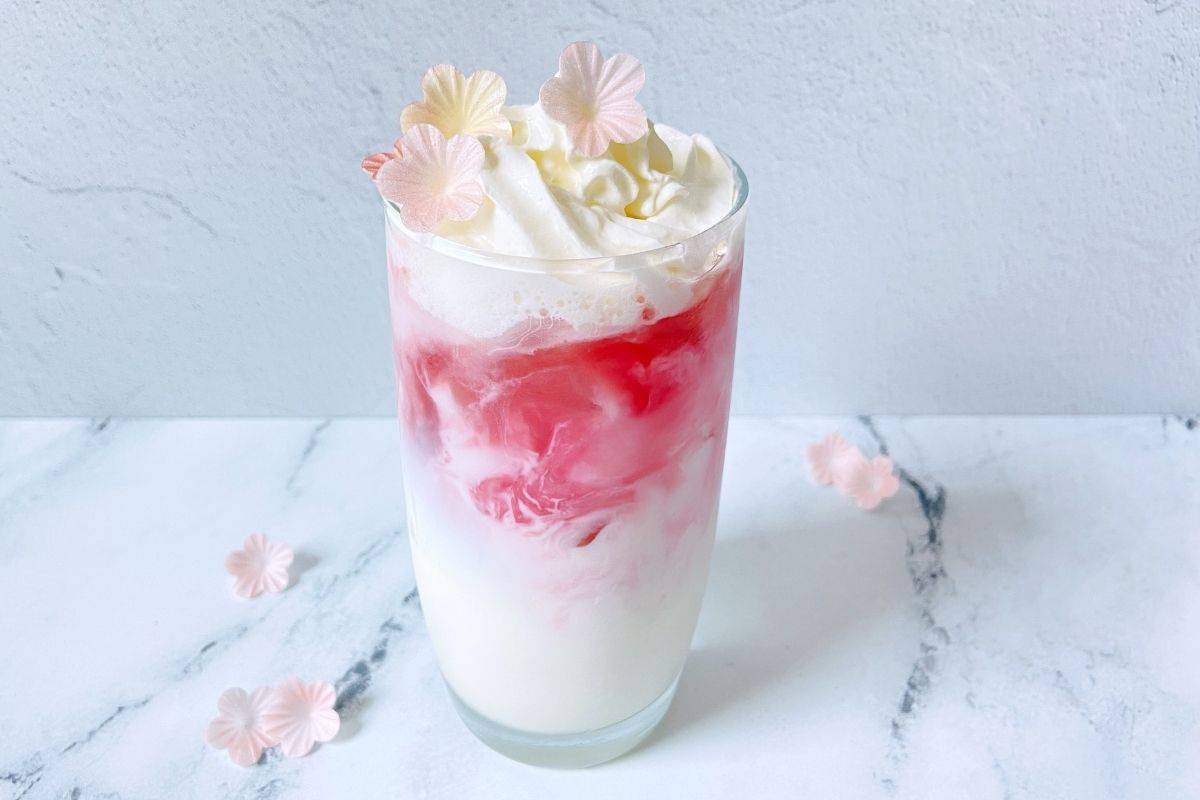
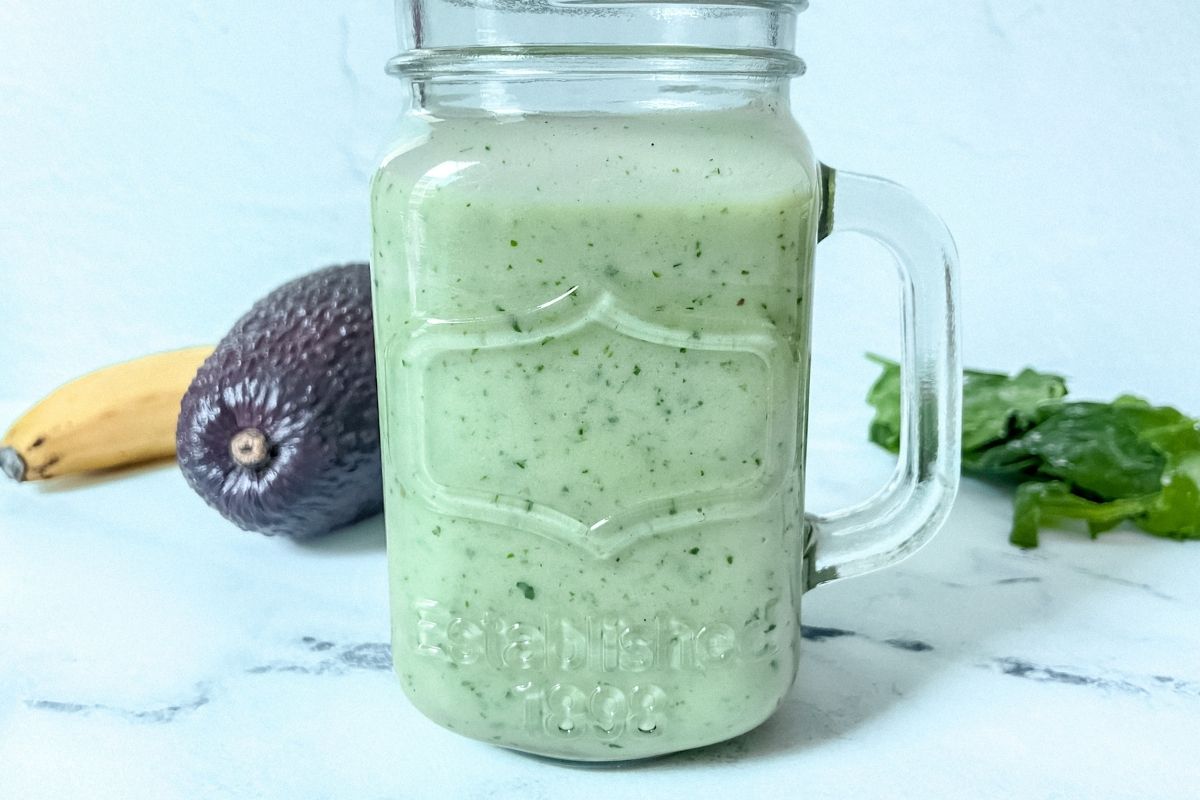

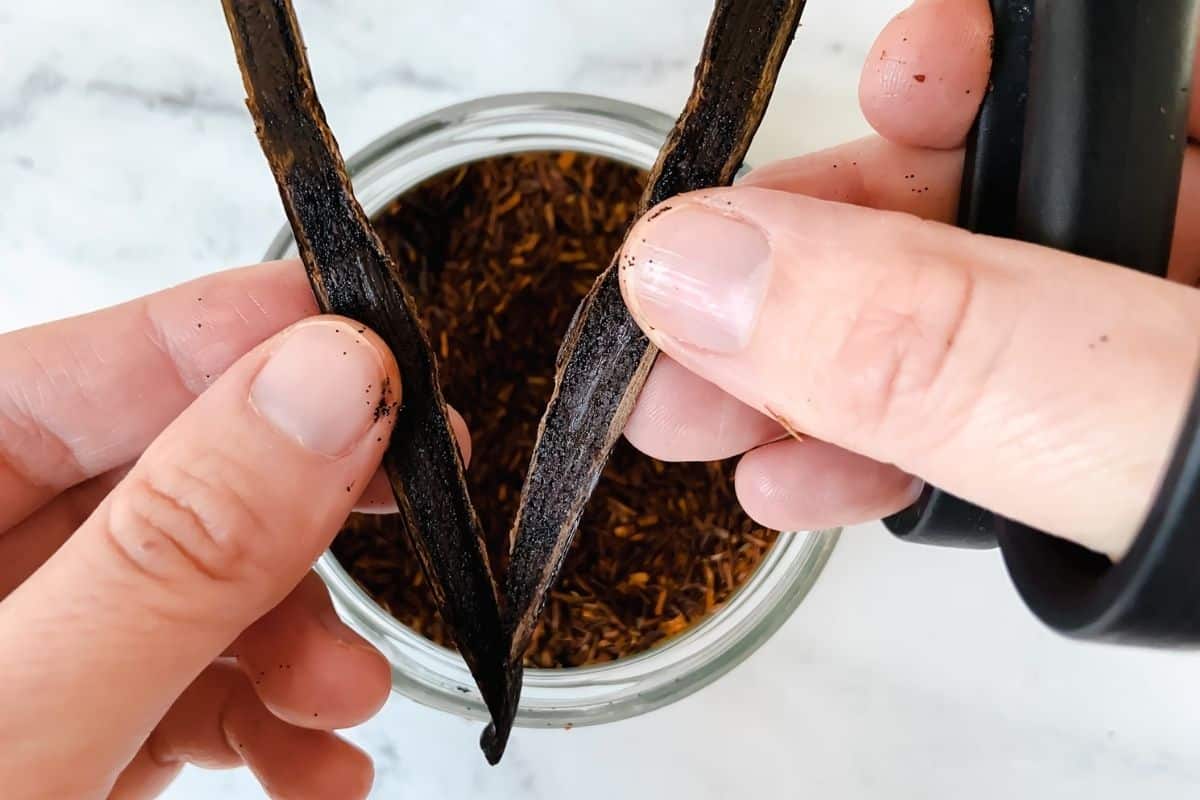
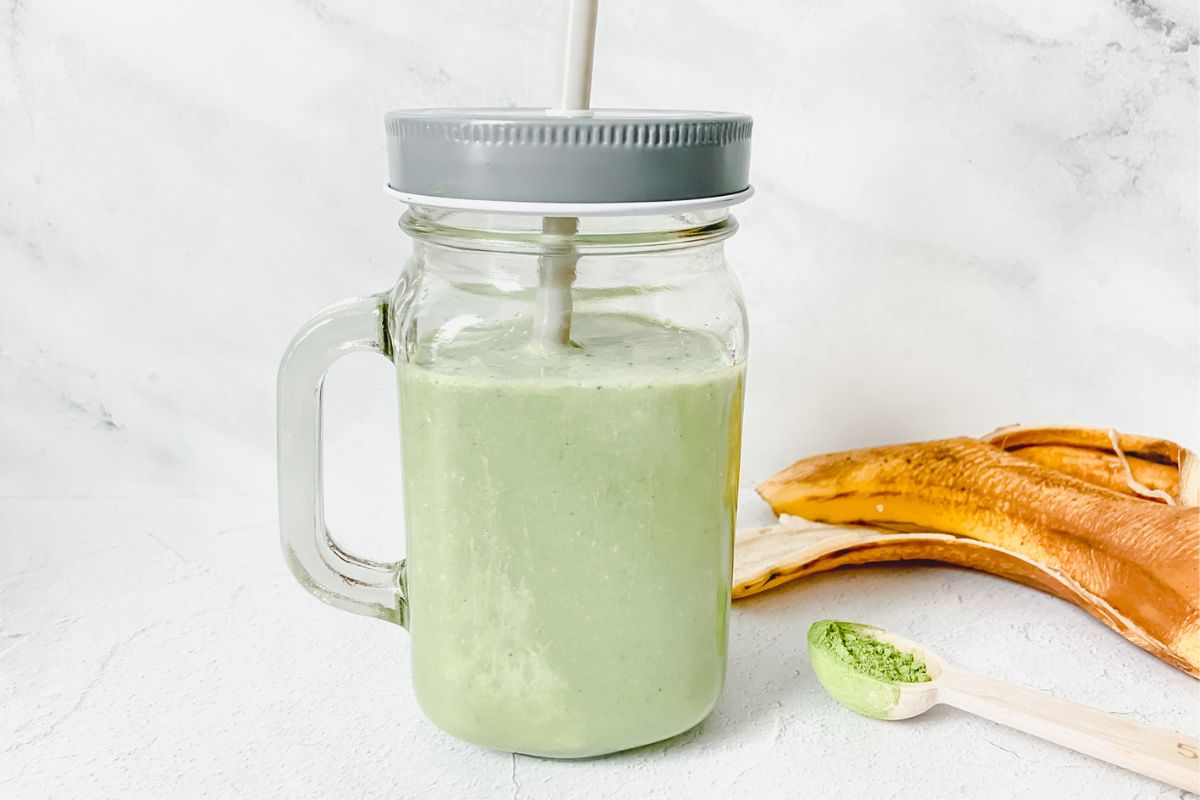
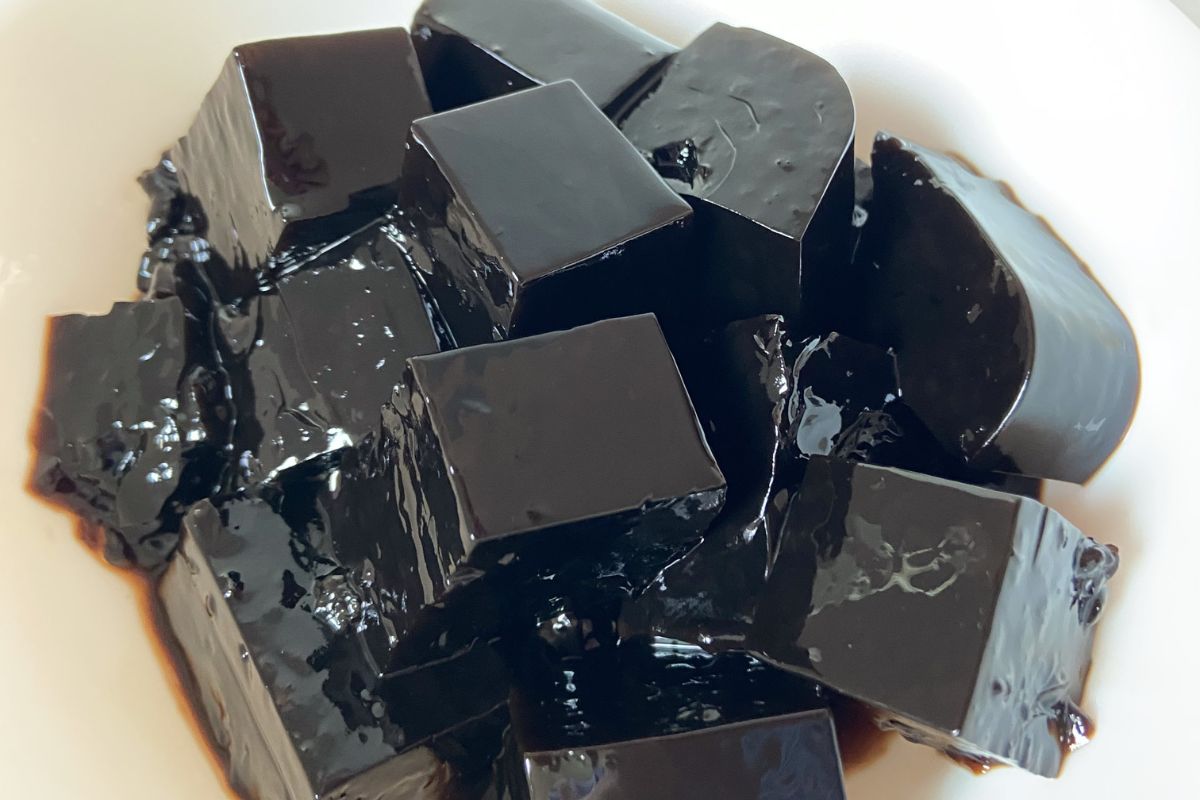
Thank you for writing this! It was the most helpful article I found for making kefir (even though I use dairy milk).
Thank you for such a nice comment. Let me know if I can write about something else related to kefir!
I am new to kefir and this was very helpful, thank you!
Very glad to hear it!
Your video helped me a lot.
Thank you very much!
Thank you for your comment. I’m very happy it helped!
Excellent video and article. Congrats!
Thank you! I am very happy it helps.
I’m new to this, haven’t tried it yet but your blog gave me the confidence and knowledge i feel i need to do so. Thank you!
I’m so happy to hear it.
I hope you enjoy your kefir.
Feel free to ask if you get other questions kefir; I’ll gladly help where I can!
I am intolerant to cows milk, but have been ok having bought kefir daily, but would like to make my own soy milk kefir. What flavours can be added to kefir? I have found your info very helpful, thank you.
Sue
Hi Sue!
I’m really happy this was helpful. I am planing to make a post about kefir recipes, but until I write it: I like adding a Tablespoon marmalade or jam into a glass. It makes the kefir sweet.
On the more “elaborate” side, blending some fruits into it like in a smoothie also makes great drinks. For example, a banana (because it’s the sweetest) and optionally some strawberries or cherries to it.
When the kefir is thick, mixing a little amount of grape juice also works great.
I will add here a link when I write a post on this 🙂
Thanks for sharing me your experience with cow milk kefir. I’m glad you can also have it with dairy.
Very helpful thank you
I have been making soymilk kefir for more than 5 years with the original milk kefir grains. ( I use about 1/2 tsp of sugar/honey/ barley malt extract, dissolved in the soymilk). I have not refreshed the grains in dairy milk, and they still produce thick creamy soy kefir. Lately though, I have noticed that the kefir gets thinner after about 4 days in the fridge. I am not sure why.
Hi Alexandra, thank you SOOO much for your comment: you are making kefir much longer than me and I also hadn’t tried letting the grains only in soy milk for so long, so I’m loving learning from your experience.
My grains got thinner as I had them for 3 months in a row only in soy milk. That’s when someone in a forum told me I should let them rest in dairy regularly.
My guess is, they get thinner because they aren’t getting the nutrients they need or when they are “stressed”.
Are yours getting somehow less “chewy” (harder) or yellow-ish?
That would be a sign they aren’t so thriving (that’s at least what happened with mine).
Did you always have your kefir in the fridge or is this new?
I understood the grains go slower on the fridge, so I assumed it isn’t so good for them to always be there (but again, I haven’t really tried having them for longer periods of time to see if they “die” there on the long run).
So, if it were my grains, I would make a couple of batches with dairy and out of the fridge.
It has always worked for me (at least until now).
I hope this helps…
As a fellow soy milk kefir maker (really nice to meet you!), let me please know how it goes no matter what you do.
Can you use raw soy milk or does it have to be cooked first?
Hi, Daniel.
Unfortunately I can’t tell from my own experience because I’ve only used store bought soy milk (which is probably “already cooked”, since soy milk isn’t meant to be drunk raw).
Thanks!
Hi! I didn’t think kefir would be my thing, but after reading your article I tried with some grains I got from a neighbor and I’m pleasantly surprised! Thanks a lot!
So happy to hear this! I also wasn’t sure about making kefir (it was my husband who bought the grains), but it was easier as thought 🙂 (and while it’s an acquired taste, it’s not so bad either 😉